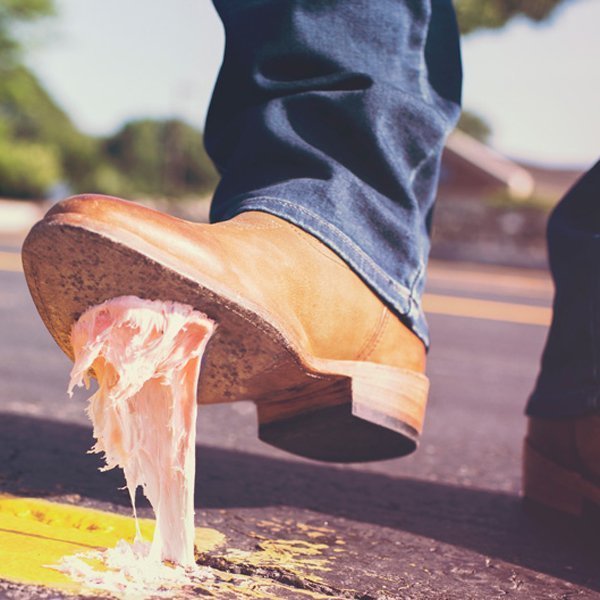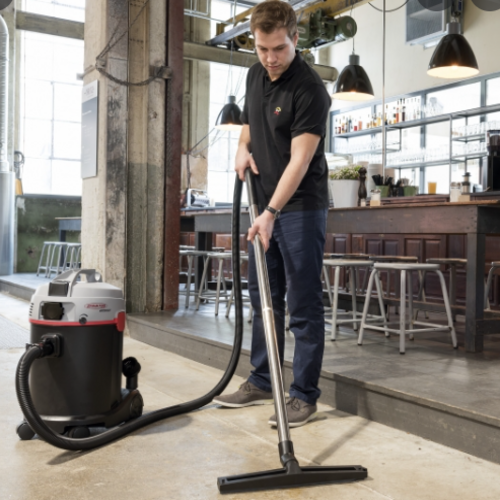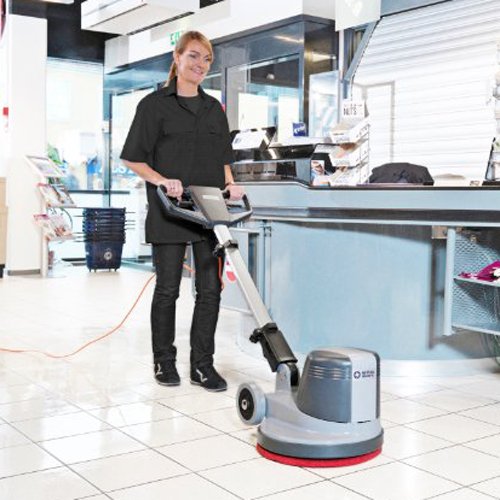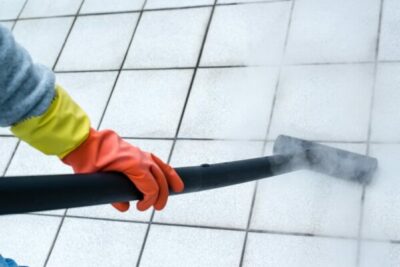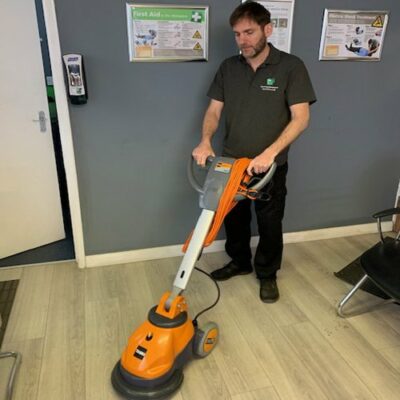How to Operate a Commercial Vacuum Cleaner
Alright, before you roll up your sleeves for the cleaning marathon, let’s demystify the workings of your commercial vacuum cleaner. These workhorses aren’t just for show; they’re like the champions in your battle against dirt, whether it’s in the bland office spaces or the vast industrial realms. Here’s your crash course in Vacuuming 101!
Understanding Your Commercial Vacuum Cleaner

Before you dive into cleaning, it’s essential to understand the intricate workings of your vacuum cleaner. These robust machines are designed to handle extensive cleaning tasks, from office spaces to large industrial areas. Here’s what you need to know:
1. Choosing the Right Commercial Vacuum Cleaner
Picking the right vacuum cleaner for your commercial space is a bit like choosing a dance partner. Size, flooring, foot traffic – it all matters. Opt for one with adjustable settings, and you’ve got yourself a vacuum that can groove on different surfaces, ensuring thorough cleaning without causing damage.
2. Familiarising Yourself with the Components
Get to know your vacuum cleaner’s inner workings – the motor, filters, hoses, and brushes. Think of it as understanding the different characters in a TV show. Regularly check them to keep your machine performing at its best. Knowing each part is like having secret weapons in your cleaning arsenal.
Operating Your Commercial Vacuum Cleaner Effectively

Now that you understand the basics, let’s delve into the operational aspects of your vacuum cleaner.
3. Preparation: Clearing the Area
Before you hit the cleaning stage, clear it of any obstacles and debris. No one wants a vacuum cleaner diva getting tangled up. A clean stage ensures your cleaning performance is a blockbuster hit.
4. Adjusting the Height Settings
Different flooring types require varying height adjustments. For carpets, raise the vacuum cleaner to allow the brushes to penetrate the fibres deeply. For hardwood or tile floors, lower the machine to create a tight seal, effectively capturing dirt and dust.
5. Slow and Steady: Proper Vacuuming Techniques
This isn’t a race; it’s a cleaning marathon. Slow down, let the machine savour the dirt like a gourmet meal. Overlapping passes are your encore, especially in those high-traffic areas where the dirt party never seems to end.
6. Regular Emptying of the Dustbin
Empty that dustbin like you’re throwing out last night’s takeout. A full bin hampers performance. Keep it empty for a cleaner, smoother show.
Maintaining Your Commercial Vacuum Cleaner

Maintenance plays a pivotal role in the longevity of your vacuum cleaner. Follow these guidelines to keep your machine in top-notch condition:
7. Cleaning and Replacing Filters
Filters trap fine particles, preventing them from circulating back into the air. Regularly clean or replace filters according to the manufacturer’s recommendations. Clogged filters reduce suction power and compromise indoor air quality.
8. Inspecting and Cleaning Brushes and Rollers
Brushes and rollers gather hair, strings, and debris. Inspect these components regularly, removing entangled items. Clean them thoroughly to ensure they rotate freely, enhancing their cleaning efficiency.
9. Checking Hoses and Attachments
Inspect these like a director checking costumes for a blockbuster film. Any cracks or clogs? Clean them out. A well-functioning hose and attachments add that extra drama to your cleaning saga.
Conclusion

Operating a commercial vacuum cleaner proficiently requires understanding its intricacies, using proper techniques, and maintaining its components diligently. By following the guidelines outlined in this guide, you can ensure a cleaner, healthier environment for your commercial space while maximising the lifespan of your valuable cleaning equipment.
Frequently Asked Questions (FAQs)
Q1: How often should I clean or replace the filters of my vacuum cleaner?
Regularly cleaning or replacing filters depends on the manufacturer’s recommendations and the level of usage. In high-traffic areas, filters may need cleaning or replacement every 1-3 months.
Q2: Can a vacuum cleaner be used on different types of flooring?
Yes, most commercial vacuum cleaners come with adjustable height settings, allowing them to be used on various flooring types, including carpets, hardwood, tile, and laminate.
Q3: What should I do if my commercial vacuum cleaner loses suction power?
Loss of suction power can be due to clogged filters, hoses, or brushes. Check and clean these components. If the issue persists, consult the user manual or contact the manufacturer for troubleshooting assistance.
Q4: Is it necessary to use specific cleaning solutions with a commercial vacuum cleaner?
Not necessarily. While some vacuum cleaners are compatible with specialised cleaning solutions, many operate efficiently with just water. Always check the user manual for recommendations specific to your machine.
Q5: Can I use a vacuum cleaner for wet cleaning purposes?
No, commercial vacuum cleaners are designed for dry cleaning only. Using them for wet cleaning can damage the internal components and pose safety hazards. For wet cleaning, use a designated wet vacuum cleaner.
Check out our range of commercial vacuum cleaner
For more training information, see our Training Academy and Cleaning Machine ‘How To’ Videos
Contact us for any queries
Cleaning Equipment Services Ltd hire and sell a wide range of top-of-the-line cleaning equipment from industrial vacuums and floor scrubbers to pressure washers and floor polishers etc. We’re always available to answer any questions and provide guidance on the best cleaning methods and procedures. We’re also very patient and accommodating with explaining the operation and maintenance of the equipment.










